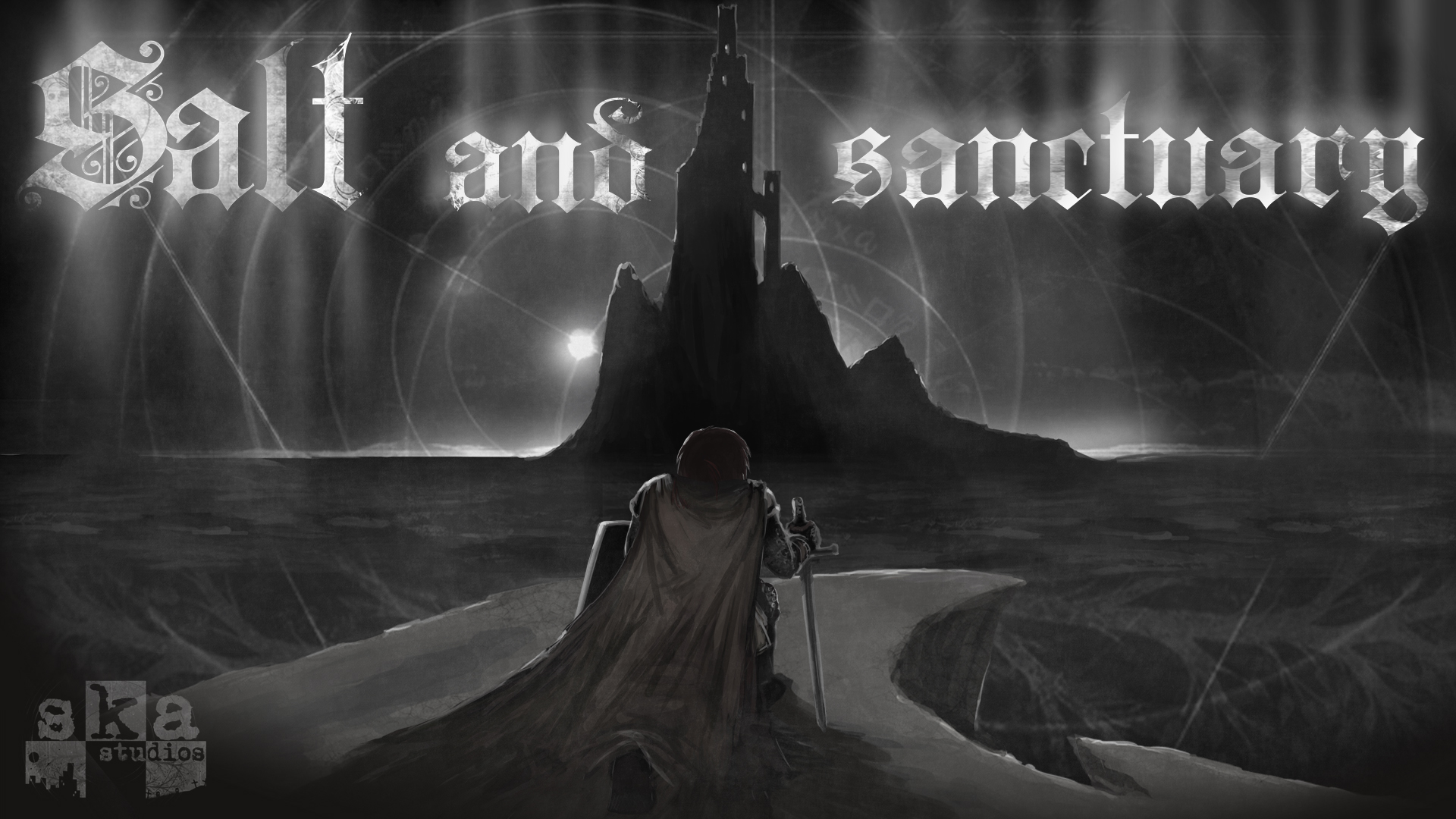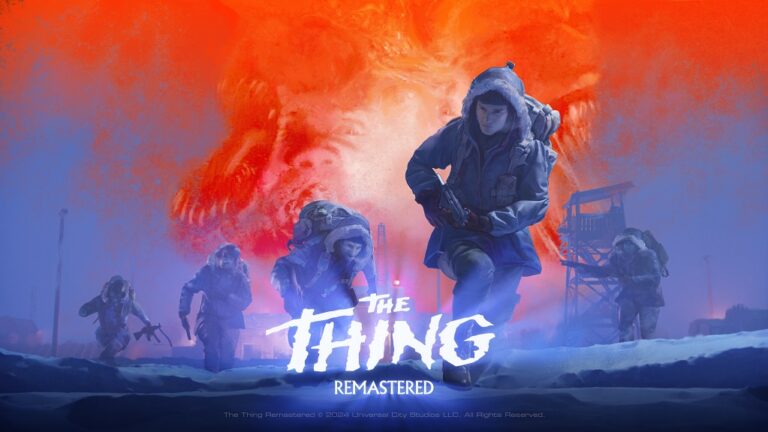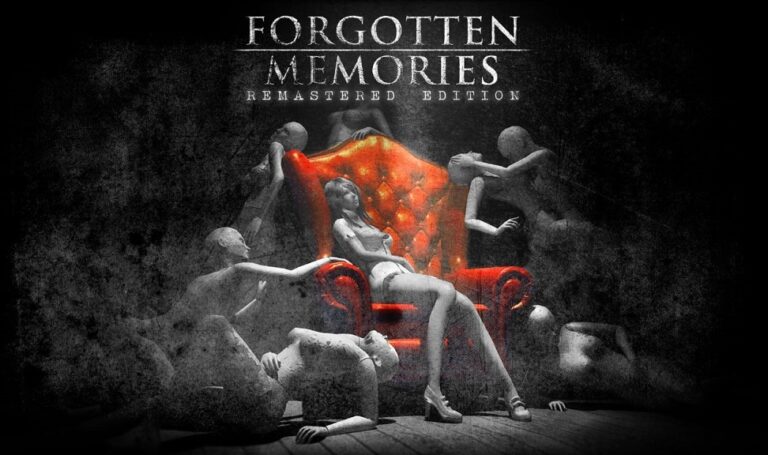
It was a hot and steamy night. Dark Souls and Castlevania were embracing each other. Their foreplay soon turned into sweet love-making. Months later, that act of passion led to the birth of Salt and Sanctuary.
Despite being heavily inspired by the Souls series, Salt and Sanctuary never feels like it’s a mere rip-off. On the contrary, this hand-drawn 2D game takes the key elements of said series, marries it with Castlevania, and spits out something that does have its own voice. And it’s a voice that, if you listen closely enough, echoes the aforementioned games all throughout its rather lengthy duration in a way that makes you appreciate the experience even more.

The premise is simple, but opens itself up to a story that’s told in that good ol’ Souls way, requiring players to seek out all the information themselves for a full understanding–reading item info and exhausting every NPC’s dialogue. You start out on a ship, escorting a princess to some locale. Things quickly spiral out of control, and you’re faced with your first combat scenario. The combat in the game screams Castlevania, especially from the titles that followed the Symphony of the Night template. It’s fluid and satisfying, but don’t get too comfortable. Things quickly get challenging. Really, really challenging.
You meet the first boss monster right in the opening scene, and… you die. This transports you to the main eerie world of the game, that’s filled with caverns, woods, castle areas, and many more locales. The hand-drawn visuals never fail to impress, despite some funko-pop looking big heads for each character. The scenery is always grabbing your attention, making sure you never feel bored with your progression. And the game’s progression itself is handled not unlike that of the Souls games.
Instead of souls, you have salt. The more you gather, by killing enemies or finding bundles of them, you more you can level up your character (which has an appearance and class of your choosing). As expected, you’ll often find yourself in a position of heavy risk, where you can be killed by an enemy and lose a large amount of salt. Trust me, this happened to me a lot, forcing me to seek out that same enemy that conquered me, or bat creatures if I happened to fall to my death. And the funny thing is, as with the Souls games, I never felt infuriated to the point of quitting completely. Well, until my save file got corrupted and I lost more than just my salt… But we’ll leave that at that!

As you level up your character, you also have skills to boost. These skills are all laid out in a way not unlike the grid system from Final Fantasy X. Despite being a bit overwhelming at first, I was quickly able to navigate my way around this game’s grid system and upgrade what I found necessary for my character and his specific skillset. Weapons and pieces of wearable equipment could also be upgraded by exchanging certain items to a blacksmith.
All this leveling and upgrading takes place in the game world’s scattered sanctuaries, which are not unlike the bonfires from the Souls games. The sanctuaries go a step further and allow players to not only summon blacksmiths and merchants (by using required items), but they also allow you to pledge allegiance to certain factions in the game by offering items belonging to said factions. Personally, I didn’t fully grasp the explanation for this mechanic, but after playing around with it myself, I found that it affects the items you always have with you, like the default potions you always carry which are refilled every time you tap into a sanctuary.
I really adore the game’s creature design. The monsters, despite some generic ones, all share a strong horror aesthetic. And the bosses are a real highlight, both in terms of design and challenge/fun. Yes, I’m coupling challenge together with fun. Aside from some rather easy bosses later in the game, the bulk of them are really challenging. Throughout countless deaths, I still had fun trying again and again to take them down until I finally succeeded. My actual issues with the game were related to certain parts where the platforming wasn’t as intuitive as I’d hoped it would be. But when the platforming does click, it’s wonderful, and once again evokes that beloved Castlevania model.
Salt and Sanctuary’s symphony of engaging and challenging gameplay fully grasped my soul throughout restless nights, keeping me hooked for over twenty hours. It’s definitely a game I’ll remember as the year goes on. Now, I have to start over because of that damn corrupt save file…
 (8 / 10)
(8 / 10)
Great
 (8 / 10)
(8 / 10)
 JBoc924
JBoc924


